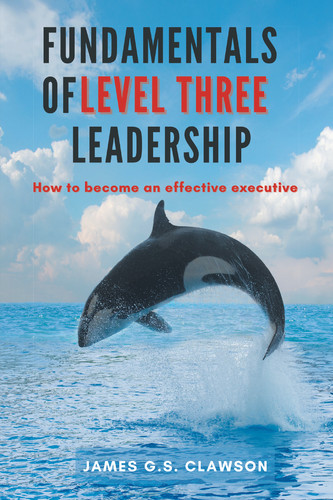75. Level Two Influence Techniques
Concept
Level Two Techniques are any techniques that attempt to influence one’s thinking. These techniques include logic, data, statistics, charts, evidence, scientific studies, surveys, and so forth. The premise here is that people, especially mature rational adults, will be persuaded by evidence. This is a wide-spread belief, only recently (1960–2020) disproven by research into behavioral economics among other fields.
Level Two managers are interested in collecting evidence. They do surveys. They do focus groups. They ask for employee feedback. They hire technical consultants. They like equations and studies. They read scientific journals. They look for trends. And when they speak, they cite evidence to make their points. Jack Welch asserted this principle: “Face reality as it is, not as it was or as you wish it were.”12 Jim Collins argued we should “confront the brutal facts.”13
The central VABEs of Level Two techniques include the following:
1. People should be and will be persuaded by evidence.
2. Truth is reflected in data, evidence, and science.
3. Evidence trumps beliefs.
4. Data and logic are irrefutable.
5. Science is more accurate than superstition and tradition.
6. You cannot argue with data.
Example
Thomas Kuhn’s book, The Structure of Scientific Revolutions is a powerful case in point.14 In the first half of the book, he explores the global transition from the Ptolemeian view that the sun revolved around the earth to the Copernican view that the opposite was true. Once Copernicus and Galileo had gathered data using Tycho Brahe’s invention, the telescope, that proved that the earth revolved around the sun, how long was it for the scientists of the day to change their view?
Most people when asked that question will say, 100 years, 200 years, and similarly large numbers. IF humans were data-based and rational, we would expect the answer to be two to five years or whatever the communication cycles of the era might have been. In fact, Kuhn showed, it was about 30 years—basically one generation. In other words, the old duffs had to die off literally before the new perspective became widely accepted.
In the second half of the book, Kuhn argues, in essence, “Well, you might think that the medieval scientists weren’t that smart, so that if we looked at a paradigm shift in the 20th century, we might see a faster turnaround.” He then explores the transition from Newton to Einstein in the first half of the 20th century. And it turned out that the old duffs had to die off before the new physics were accepted.
In other words, while we claim to be creatures of science and evidence, by and large humans rely more heavily on their beliefs than on data.
Suppose a CEO asks his or her team to put together an analysis of whether or not to buy a private jet. They go off and in six weeks return with their analysis. And they report that it’s much more cost effective to fly first class than to bear the expense of the corporate plane. Of course, they acknowledge they had to make assumptions about the value of time and convenience. What do you think the majority of CEOs would say?
My guess is that they would say, “Do it again.” No?

Challenge
1. How do you explain the debate on global warming?
2. How is the globe responding to the world’s population growth?
3. Why do companies go bankrupt?
4. What is your favorite statistic? What should be your favorite statistic?
5. What trends do you find most important?
12 Welch, J., N. Tichy, and S. Sherman. 2005. Control Your Destiny or Someone Else Will. HarperBus, reprint edition.
13 Collins, J. 2011. Good to Great. HarperBusiness.
14 Kuhn, T.S. 2012. The Structure of Scientific Revolutions. University of Chicago Press.
